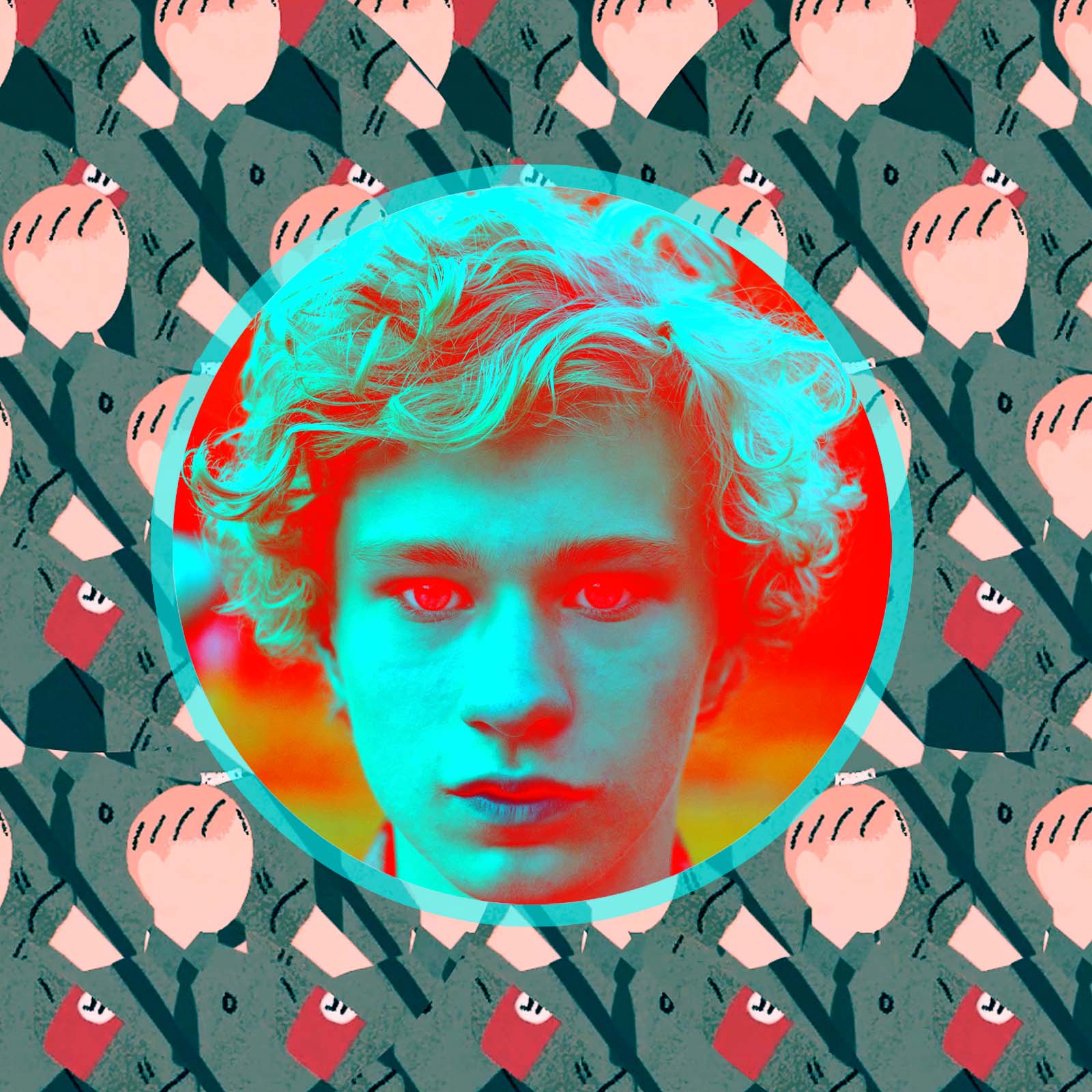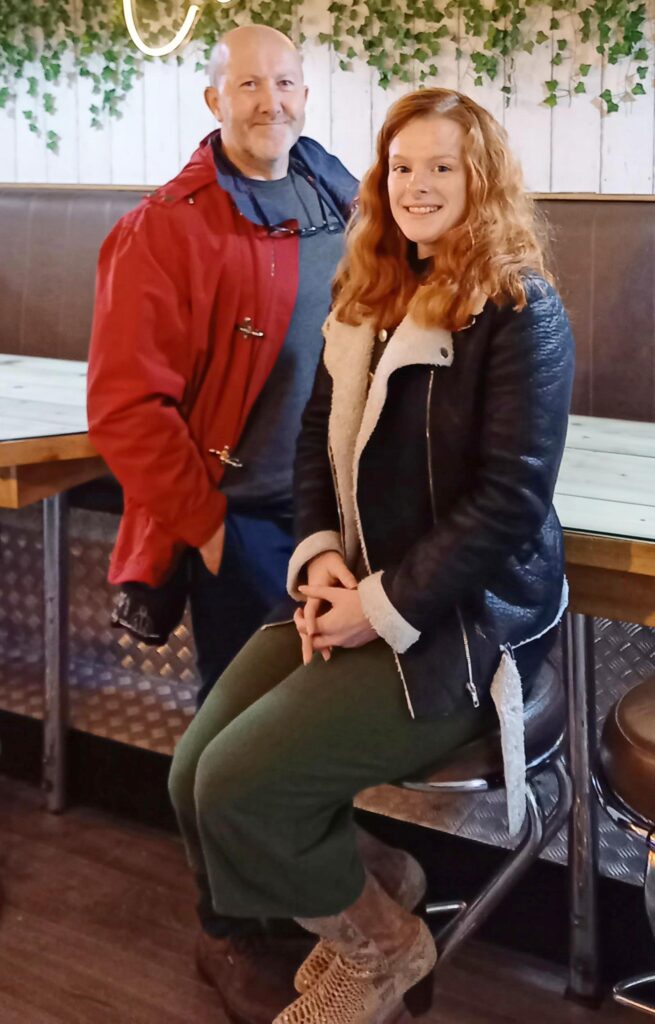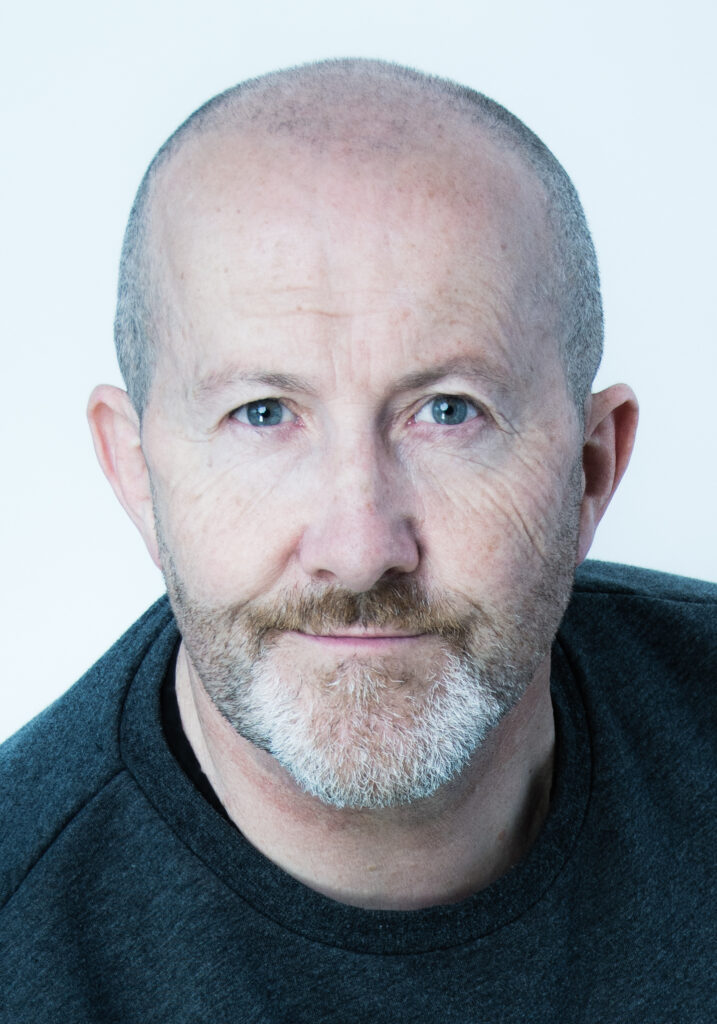
Able to see and taste his emotions, twelve year old Josef is torn from his German mother and Jewish father and conscripted into Hitler youth school Inland where, discovering his sexuality, he fights to stay alive in the madness that is 1939 Nazi Germany.
Optioned by Stephen S T Bradley

The Boy Who Saw In Colours
– a 90 minute fictional drama feature –
Welcome to the world of Josef, a twelve year old boy living in World War II Germany, who has Synaesthesia, a condition that allows its owner to experience emotions as colours and tastes.
To keep their children hidden in plain sight, Lisette, a German, and her Jewish husband Benjamin let the Gestapo conscript Josef and his young brother Tomas into Hitler Youth School, Inland.
Led by his painting and imaginings, we join Josef on a Daliesque dance through the horrors of World War II Germany, as he moves from living inside his dream world to fighting to stay alive and sane among the madness.
The Boy Who Saw In Colours is a visual thrill ride of life, love, dreams and nightmares – in a filmic mix of Terrence Malik’s movie The New World and Disney’s Fantasia.
‘Those who were supposed to shape us were behaving like maniacs, so we followed suit.
Foolishly thinking that we could save the world by breaking it.
I turned 13 that day.’
The Boy Who Saw In Colours is a published book by 26 year old Irish author Lauren Robinson.
Repped by The Blair Partnership, the literary agency representing J. K. Rowling, Lauren was offered a publishing deal for this novel by Simon and Schuster but decided to self publish.

Stephen S T Bradley and Lauren Robinson.
“A thousand eyes from the ceiling followed him like a spotlight, like thirsting telescopes tracing a shooting star, casting his painting in a great light that cast a long shadow of headless prancing nymphs, their menstruum kaleidoscopic.
Winding red ribbons, fruits of both heaven and nightmares flowed like a river of elastic mouths shifting form like chewed gum.
Gracefully, Josef’s paintbrush moved from his hand to the page and the stars.”
SYNOPSIS
Germany, 1939. Twelve year old Josef sits in a field, painting a surreal landscape on paper, accompanied by the sounds of a ranting speech by Adolf Hitler coming from a radio sitting nearby.
Athletic and with Aryan looks, and to keep them safe, Josef and his younger brother, Tomas, are given to the Gestapo by their parents and conscripted into Hitler Youth school, Inland.
At Inland, the brothers are given Aryan surnames and told their German mother and Jewish father have been executed for treason.
On hearing this, Josef’s Synaesthesia, an ability to taste sound and see emotions as colours, starts to plague him.
Tomas excels in Aryan ways, while Josef opposes them, putting pressure on their relationship.
Befriending fellow ragtag students, The Nobodies, Josef connects with their tragic backstories and joins in the group’s rebellious ways.
With fellow student and love interest, Rouvon, Josef secretly listens to allied broadcasts on a radio in a cabin in the woods, confirming Josef’s assumption he is being taught lies and propaganda.
Out of jealousy, Tomas reports Josef and Rouvon’s radio outings, resulting in Josef’s friend being sent to the front lines and never seen again by Josef.
Seeing terrified men wearing pink star armbands being shipped to a death camp initiates Josef’s move out of his dreams and into the real world, when he remembers one of them begging with a violin when he and Tomas shopped with their mother.
Trying to save the men, by blocking passage of the cattle truck they are in, Josef is sent to the Western Front where he kills for the first time, an equally young allied soldier.
Josef returns to Inland to discover many of his fellow students have been killed in action.
When American troops arrive at the school, students and Nazis attack the soldiers, as Josef races through the pandemonium to find his brother Tomas.
Trapped beneath fallen beams in his school’s gymnasium, Josef hears the cries of boys from his school being executed by allied troops.
Tomas throws a hand grenade towards his comrade’s attackers, which falls short and explodes near Josef.
Blinded by the explosion, Josef is rescued by allied soldiers, before being taken to a prison camp and verbally and physically abused.
Befriending Josef, a young American soldier sneaks the boy out of prison and into the foster care of Dominik and Dorothea Müller.
In his new home in a seaside village in Germany, distracted by new smells, sounds and feelings, Josef learns to see and paint again. This time without sight and illustrated solely by his Synaesthesia imaginings.
Years later, Tomas arrives unannounced at the Müller’s home. Passionately greeting his brother, Josef’s trajectory is guided by Tomas into the arms of their parents, Ben and Lisette.
TEASER ANIMATION
STRUCTURE
Led by the art and imaginings of the story’s protagonist, Josef, we are taken on a Daliesque dance through the horrors of war torn Germany.
Fighting with the tools he has, and discovering new ones along the way, Josef makes his mark on friends, family and foes alike, as he struggles to maintain a sense of right and wrong, in a place out of touch with reality.
Living more inside his head than out, with a youthful fascination for things new amplified by a heightened sense of reality, this sensitive 13 year old’s bubble is burst when he sees wretched men wearing pink armbands being carted away to a death camp.
As our story plays out, happiness is replaced with uncertainty and dread, as landscapes and buildings curtain an ominous creeping creature, who increasingly becomes visible and more powerful as the story unfolds. Culminating with a battle in the sky between Josef’s painted imaginings and this devil-like creature, representing power, corruption, ignorance and fear.
TONE AND STYLE
With a relaxed pace, the visual style will be real world supported by cartoon-like ominous undertones (depicting a lurking creature reflecting a megalomaniac’s lust for power) never far away. Framing will be loose and fluid.
The Boy Who Saw In Colours will feature generic everyday life in World War 2 Germany, illustrated in part by original news reel footage of the time, showing happy and content people, before changing tone and including Nazi propaganda footage, as the story progresses towards its finale.
Vibrant textures and colours of faces, clothing and place, will drive our palette, and gradually change to become muted, reflecting the frustrations, fears and anger of the German populace as the war progresses.
An almost indiscernible soundtrack will comprise of sounds of nature, life and death. Wind, water, breath, thunder claps, lightning and laughter will reflect our protagonist’s emotions, as they together guide us to the story’s end.
Full Treatment and Synopsis Upon Request

Stephen S T Bradley – producer / director / rights